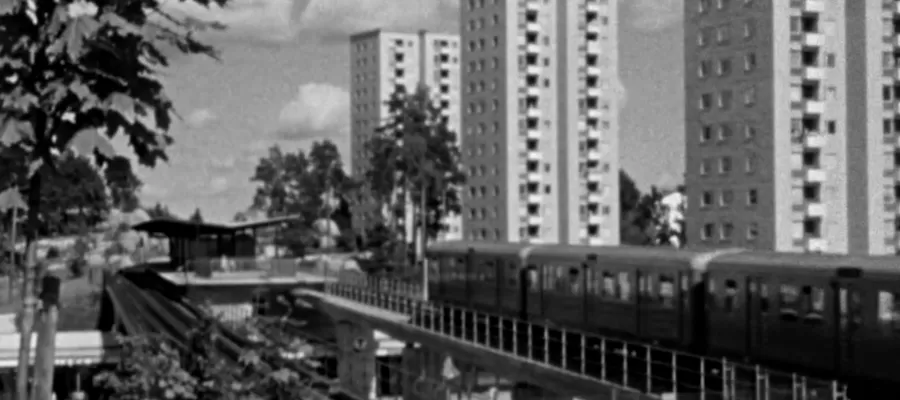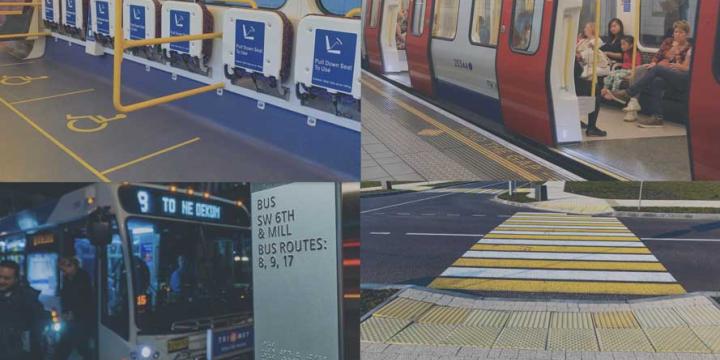Course Info
5 video lessons (30 Mins)
Published
1963-
4.29
Preview Course
Browse Course Chapters
-
1.Introduction
2 mins
-
2.The City as a Living Organism
4 mins
-
3.The City and the Countryside
6 mins
-
4.Urban Tissue
5 mins
-
5.A New Urban Pattern
11 mins
Course Description
This short documentary film is the third part of a larger series hosted by Lewis Mumford, an American historian, sociologist, philosopher, and literary critic whose studies in the 20th century included attention to cities and architecture that influences the study and planning of cities into the present day.
This third film in the series takes a broader view of cities, expanding to the regional level and warning about the ill effects of the sprawling forms that most U.S. cities took on during the mid-20th century, erasing pastoral landscapes and rural communities and undermining the benefits of cities.
To present a more biological model of a balanced and cooperative relationship between urban areas and the countryside, Mumford examines the settlement patterns of the Middle Ages. The ideal image of cities presented here is set in contract with the modern United States today. In the Middle Ages, cities encouraged cooperation among urban residents, a balance with the countryside and nature, and self-sacrifice for the greater good. In cities of the past, according to Mumford, the concept of community triumphed over individual power.
The balance between the city and countryside advanced during the Middle Ages eventually gave way to the same kind of culture wars between urban and rural that the world still struggles with today. According to Mumford, the cities that have grown the fastest have lost the most of the regional harmony of the past. "Everywhere the relentless advance of the city is despoiling the natural resources of metropolitan areas," says Mumford, in a warning that rings all too true to this day.
The film concludes by presenting visions for growth management under experiment at the time of the film, in several cities in Europe and one in Canada, as an antidote to the ills of U.S. expansion.
Learn these skills
- History
- Land Use
- Regional Planning
- Urbanism
- Zoning Codes
AICP CM
This course is approved for 0.5 AICP CM Credit.


























